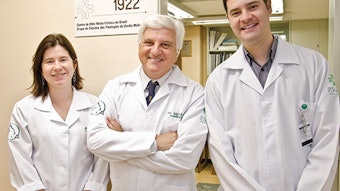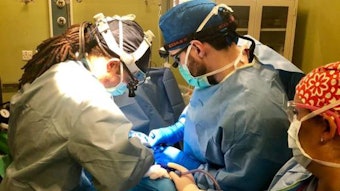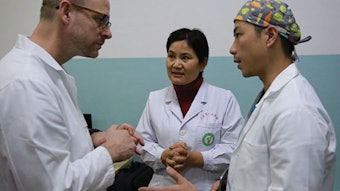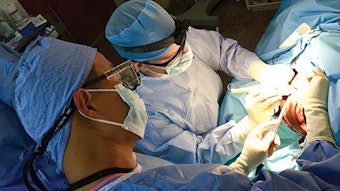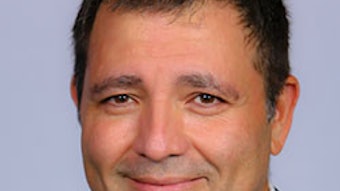Ultrasound study adds value to Malindi, Kenya Mission
Thanks to the American Academy of Otolaryngology–Head and Neck Surgery Foundation Humanitarian Travel Grant Fund, I was able to travel to Malindi, Kenya, to participate in a two-week surgical training camp led by faculty from Vanderbilt University Medical Center. During this trip, I served in numerous roles for the surgical team with a primary goal of assisting in educating local surgeons who were involved in the training camp.
C. Burton Wood, MD
July-December 2018 Grant Recipient
Thanks to the American Academy of Otolaryngology–Head and Neck Surgery Foundation Humanitarian Travel Grant Fund, I was able to travel to Malindi, Kenya, to participate in a two-week surgical training camp led by faculty from Vanderbilt University Medical Center. During this trip, I served in numerous roles for the surgical team with a primary goal of assisting in educating local surgeons who were involved in the training camp. Our group performed nearly 80 complex head and neck surgical procedures during this timeframe, and there were 13 Kenyan surgeons who directly participated in portions of each of these cases. In addition to the surgical education provided to local surgeons, I developed a training program for teaching head and neck ultrasound along with the assistance of my mentor, Dr. James Netterville. We implemented this course during the two-week mission as an additional educational opportunity for the trainees who were present.

On the first day of our mission, we described the ultrasound course to the local surgeons as a voluntary component of the training. Those who were interested underwent a skills assessment, wherein they were asked to use an ultrasound to identify various anatomic structures within the head and neck. They were given no instruction during or after this initial assessment. Following this, the trainees were given five different didactic lectures focusing on principles and techniques of ultrasonography and the ultrasonographic appearance of head and neck anatomy. They additionally performed numerous supervised ultrasound exams over the remainder of the mission, and they were given direct feedback on technique and performance with each exam undertaken. At the conclusion of the mission, the trainees performed the same skills assessment that they had performed at the beginning of the course. The scores between the two assessments were compared, and each surgeon was found to have significantly improved their performance.
The results of this feasibility study are currently undergoing peer review. Anecdotally, we were pleased with the rapid acquisition of ultrasound techniques and in the interest displayed by the surgeons for learning these techniques. Point-of-care ultrasound is immensely beneficial to otolaryngology-head and neck surgeons, and we feel that this skill could prove to be even more useful to surgeons practicing in resource-scarce environments. We are hopeful to continue this work in the future and to assess the impact that training head and neck surgeons to perform ultrasound may have for improving care delivery in low- and middle-income countries.

